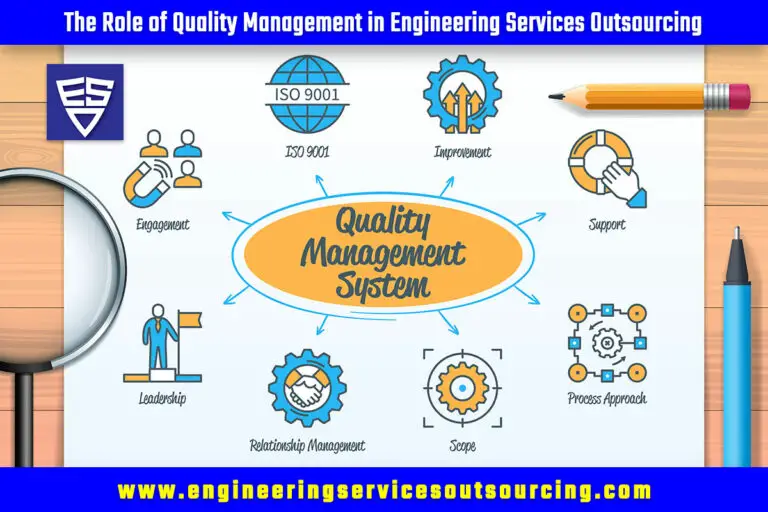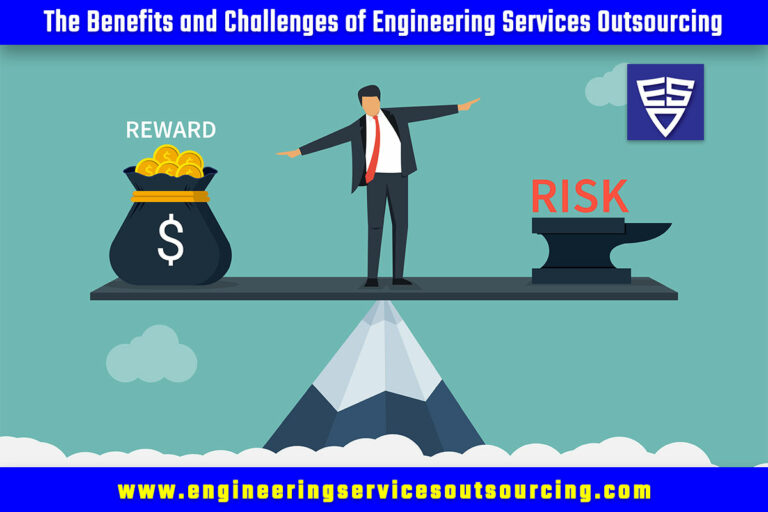
Engineering services outsourcing has become a popular strategy for organizations to leverage external expertise, access specialized skills, and reduce costs. However, building a successful outsourcing partnership requires careful planning, effective communication, and a shared commitment to mutual success. This article will discuss critical steps and best practices to create a successful engineering services outsourcing partnership that delivers value and drives business growth.
Table of Contents
01) Define Clear Objectives and Requirements
Before embarking on an outsourcing partnership, it is essential to clearly define your objectives and requirements. Determine the specific engineering services you need, such as design, prototyping, testing, or documentation. Outline your project goals, timelines, and performance expectations. This clarity will not only help you in the vendor selection process but also set the foundation for a successful partnership.
02) Conduct Thorough Vendor Selection
Choosing the right outsourcing partner is critical to the success of your engineering services project. Conduct a thorough vendor selection process that includes evaluating multiple potential partners. Look for providers with relevant industry experience, a track record of successful projects, and expertise in your specific engineering domain. Consider factors like technical capabilities, quality standards, scalability, and cultural fit. Request references and case studies to validate their capabilities.
03) Establish Effective Communication Channels
Effective communication is vital in any outsourcing partnership. Establish clear and open lines of communication with your outsourcing partner from the beginning. Define the preferred communication channels, frequency of updates, and escalation procedures. Foster a collaborative environment where both parties can openly discuss project requirements, challenges, and progress. Regular communication helps build trust, ensures alignment, and enables quick issue resolution.
04) Define Roles and Responsibilities
Clearly define the roles and responsibilities of both parties involved in the outsourcing partnership. Outline the specific tasks, deliverables, and expectations for each party. This clarity helps avoid confusion, ensures accountability, and promotes a smooth workflow. Document these roles and responsibilities in a formal agreement or contract to provide a reference point throughout the project.
05) Establish Key Performance Indicators (KPIs)
To monitor and measure the success of your outsourcing partnership, establish key performance indicators (KPIs). These metrics should align with your project goals and objectives. KPIs could include factors such as project timelines, quality of deliverables, cost savings, and customer satisfaction. Regularly track and review these KPIs with your outsourcing partner to ensure project progress and identify areas for improvement.
06) Foster Collaboration and Knowledge Sharing
A successful outsourcing partnership is built on collaboration and knowledge sharing. Encourage your outsourcing partner to actively participate in your project’s success. Provide them with the necessary project information, access to relevant systems and tools, and opportunities to interact with your in-house team. Foster a culture of knowledge exchange, where both parties can learn from each other’s expertise and contribute to continuous improvement.
07) Implement Robust Quality Assurance Processes
Quality assurance is essential to maintain the standards and consistency of deliverables in an outsourcing partnership. Establish robust quality assurance processes, such as regular reviews, inspections, and testing procedures. Define quality criteria and acceptance criteria upfront to ensure that the delivered work meets your expectations. Continuous monitoring and feedback loops help identify and address any quality issues early on.
08) Maintain Intellectual Property Protection
Intellectual property (IP) protection is a critical aspect of any engineering services outsourcing partnership. Ensure that appropriate measures are in place to protect your IP and confidential information. Include non-disclosure agreements (NDAs) and confidentiality clauses in your contracts with the outsourcing partner. Clearly define the ownership of IP created during the project. Implement secure data transmission and storage practices to prevent unauthorized access or data breaches.
09) Nurture the Relationship
Building a successful outsourcing partnership is not just about completing a project; it’s about nurturing a long-term relationship. Invest time and effort in understandingthe needs and priorities of your outsourcing partner. Regularly engage in discussions about their goals, challenges, and future plans. Seek opportunities to provide feedback and recognize their contributions. By nurturing the relationship, you can foster mutual trust, loyalty, and a sense of collaboration that goes beyond a single project.
10) Conduct Periodic Performance Reviews
To ensure continuous improvement and alignment, conduct periodic performance reviews with your outsourcing partner. Evaluate the progress made against the defined objectives and KPIs. Identify areas of strength and areas that need improvement. Use these reviews as a platform to provide constructive feedback, discuss any concerns, and explore opportunities for growth and innovation. A proactive approach to performance management helps maintain a high standard of work and fosters a culture of excellence.
11) Embrace Change Management
Change is an inevitable part of any engineering services outsourcing partnership. Embrace change management practices to ensure a smooth transition and minimize disruption. Communicate changes in project scope, requirements, or timelines promptly. Work collaboratively with your outsourcing partner to address any challenges that arise due to change. By effectively managing change, you can maintain project momentum and achieve desired outcomes.
12) Continuously Evaluate the Partnership
Even after the successful completion of a project, it is important to continuously evaluate the outsourcing partnership. Assess the overall value delivered, return on investment, and alignment with your business objectives. Solicit feedback from key stakeholders within your organization as well as from the outsourcing partner. Identify areas where the partnership can be further optimized and improved. This evaluation process helps inform future decision-making and enhances the effectiveness of future outsourcing engagements.

Conclusion:
In conclusion, creating a successful engineering services outsourcing partnership requires careful planning, effective communication, and a focus on mutual success. By defining clear objectives, conducting thorough vendor selection, establishing effective communication channels, defining roles and responsibilities, establishing KPIs, fostering collaboration and knowledge sharing, implementing robust quality assurance processes, maintaining IP protection, nurturing the relationship, conducting periodic performance reviews, embracing change management, and continuously evaluating the partnership, organizations can forge strong and fruitful collaborations with their outsourcing partners. With the right approach and a commitment to shared goals, engineering services outsourcing can be a strategic tool for organizations to drive innovation, access specialized expertise, and achieve business growth.
Related Article:





